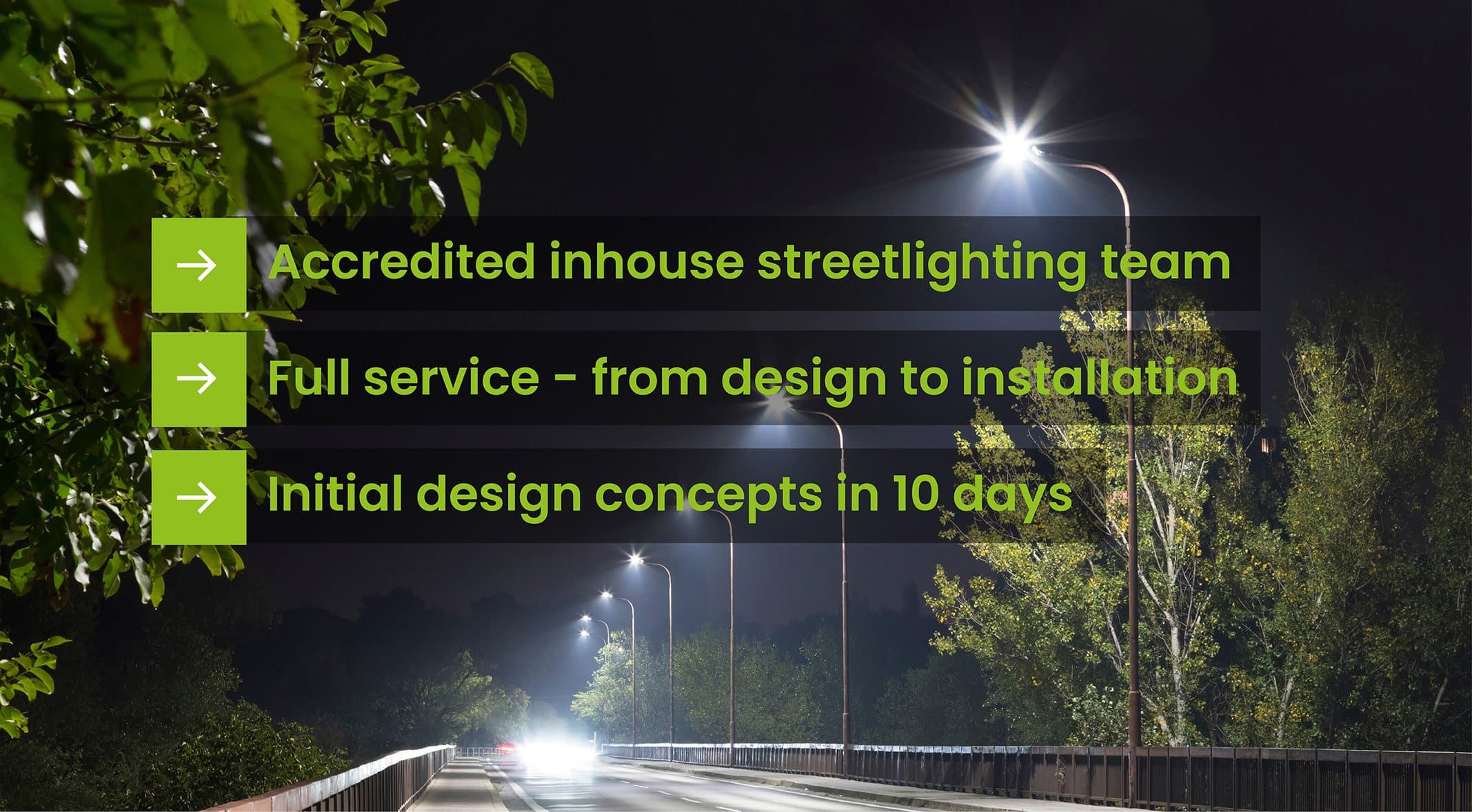Designing LED street lights is a multifaceted process that involves careful consideration of various factors, from energy efficiency and light distribution to thermal management and durability. The goal is to create a lighting system that provides optimal visibility, enhances safety, and minimizes energy consumption and maintenance costs. This involves a blend of engineering expertise, understanding of lighting principles, and adherence to relevant standards and regulations. By strategically combining these elements, we can develop street lighting solutions that are both environmentally responsible and contribute to safer, more livable communities.
Understanding the Key Design Considerations
Several critical factors must be considered when designing LED street lights. These include:
- Light Output and Distribution: Determining the appropriate light level for the specific street or area is crucial. This involves considering factors like traffic volume, pedestrian activity, and surrounding environment. The light distribution pattern also needs to be carefully planned to ensure uniform illumination and minimize glare.
- Energy Efficiency: LED technology is inherently energy-efficient, but maximizing this efficiency requires careful selection of components and optimization of the design. This includes choosing high-quality LEDs with high luminous efficacy and implementing efficient power supplies.
- Thermal Management: LEDs generate heat, which can significantly impact their performance and lifespan. Effective thermal management is essential to dissipate this heat and maintain optimal operating temperatures. This typically involves using heat sinks and other cooling mechanisms.
- Durability and Reliability: Street lights are exposed to harsh environmental conditions, including rain, snow, extreme temperatures, and UV radiation. The design must ensure that the lights are durable and reliable enough to withstand these conditions and provide consistent performance over their lifespan.
- Optical Design: The optics play a critical role in shaping the light output and directing it where it’s needed most. Careful design of lenses and reflectors is essential for achieving the desired light distribution pattern and minimizing light pollution.
Selecting the Right Components
Choosing the right components is paramount for the overall performance and longevity of the LED street light. Here’s a closer look at some key components:
LEDs (Light Emitting Diodes)
The heart of the system, LEDs should be selected based on their luminous efficacy (lumens per watt), color temperature (CCT), and color rendering index (CRI). High-quality LEDs will provide brighter light with less energy consumption.
Power Supply
The power supply converts AC voltage from the grid to the DC voltage required by the LEDs. It should be efficient, reliable, and protected against overvoltage and overcurrent.
Heat Sink
The heat sink dissipates heat generated by the LEDs. It should be made of a thermally conductive material like aluminum and designed to maximize surface area for efficient heat transfer.
Optics (Lenses and Reflectors)
Optics shape the light emitted by the LEDs and direct it to the desired area. They should be designed to minimize glare and maximize uniformity.
Housing
The housing protects the internal components from the elements. It should be made of a durable, weather-resistant material like aluminum or polycarbonate.
Optimizing Light Distribution
Effective light distribution is crucial for ensuring adequate visibility and safety on streets. Different road types and environments require different light distribution patterns. For example, a highway requires a long, narrow beam to illuminate the road ahead, while a residential street requires a wider beam to illuminate sidewalks and surrounding areas.
- Type I: Narrow distribution, suitable for sidewalks and pedestrian areas.
- Type II: Wider distribution, suitable for residential streets and small roads.
- Type III: Medium distribution, suitable for roadways with moderate traffic.
- Type IV: Wide distribution, suitable for highways and large roads.
- Type V: Symmetrical distribution, suitable for intersections and open areas.
Thermal Management Strategies
Proper thermal management is vital for maintaining the performance and lifespan of LEDs. Overheating can significantly reduce their light output and shorten their lifespan. Effective thermal management strategies include:
- Using heat sinks with high thermal conductivity;
- Designing the housing to promote airflow.
- Using thermal interface materials to improve heat transfer between the LED and the heat sink.
- Monitoring the temperature of the LEDs and adjusting the current accordingly.
FAQ (Frequently Asked Questions)
What are the benefits of using LED street lights?
LED street lights offer several benefits, including energy efficiency, long lifespan, reduced maintenance costs, improved light quality, and environmental friendliness.
How do I choose the right LED street light for my application?
Consider factors such as the type of road, traffic volume, pedestrian activity, surrounding environment, and desired light distribution pattern. Consult with a lighting professional for assistance.
How long do LED street lights last?
LED street lights can last for 50,000 to 100,000 hours, depending on the operating conditions and quality of the components.
Are LED street lights more expensive than traditional street lights?
While the initial cost of LED street lights may be higher, their long lifespan and energy efficiency result in lower overall costs over their lifetime.
What is the best way to maintain LED street lights?
Regular cleaning and inspection can help to ensure optimal performance. Replace any damaged components promptly.

